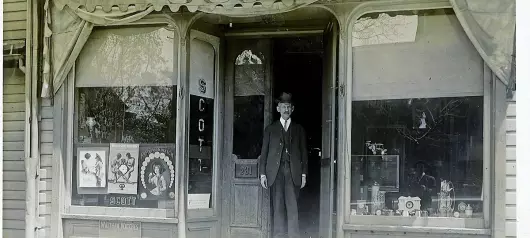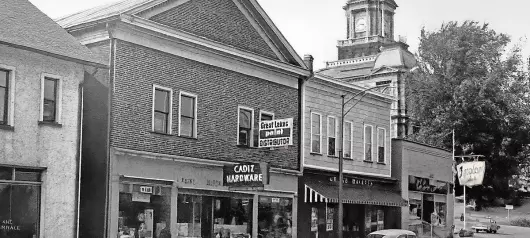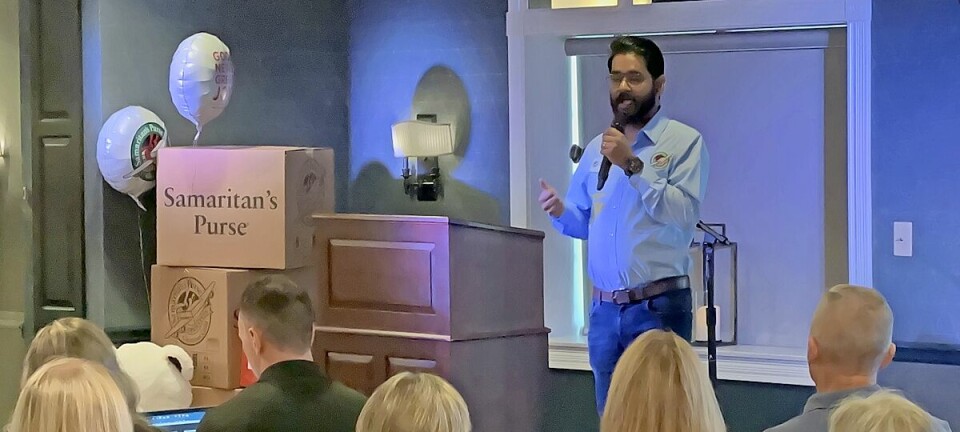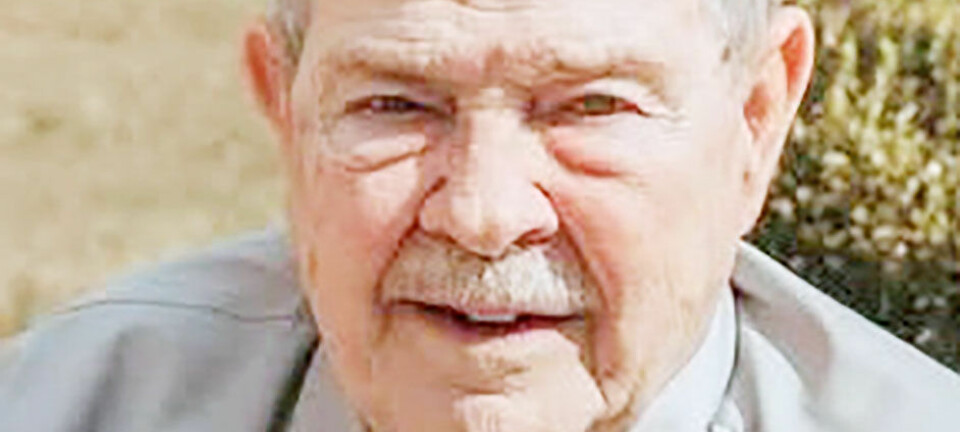Piney Fork Trail project aims to preserve history
The Jefferson Soil and Water Conservation District is embarking on a significant conservation project, converting the former New York Central rail bed into the Piney Fork Trail. Stretching over four miles and meandering alongside the picturesque Piney Fork Stream, the trail aims to offer a recreational space for outdoor enthusiasts while focusing on restoring the riparian corridor and enhancing the ecosystem’s overall health.
The initiative, made possible by the generous donation of Jeffco Resources Inc., involves native plantings to improve the Piney Fork Valley’s beauty and biodiversity. The project will not only preserve the natural elements but also honor the region’s rich historical significance. The Piney Fork area, often overshadowed by its coal mining history, will now showcase its natural beauty and attract visitors seeking tranquility and nature exploration.
The trail will cross historic bridges and is designated for passive use, prohibiting vehicular traffic like UTVs or ATVs. The Piney Fork Trail conservation project aligns with the district’s 78 years of expertise, collaborating with various local, state, and federal partners to ensure the restoration, enhancement, and conservation of Piney Fork.
The Piney Fork area has a deep-rooted history dating back to the 1780s when Mingo tribes described it as a land rich in resources, eventually becoming known for its coal mining industry. The conservation project seeks to preserve not only the natural features but also the historical identity forged by the people who shaped the region.
Residents and non-residents alike can contribute to the project by sponsoring wood plank boards used to refinish the historic bridges’ decking. This unique opportunity allows individuals to have their names engraved on plaques placed on the planks, becoming part of the trail’s legacy. Plank sponsorships can be made through the official website.
The Piney Fork Trail is part of a broader vision for recreational tourism in the region. With its proximity to West Virginia and Pennsylvania, linked by the Ohio River, the area stands to benefit from increased recreational opportunities. The potential benefits extend beyond immediate outcomes, contributing to health and wellness through increased exercise, reduced disease rates, and improved mental health.
Furthermore, the trail provides opportunities for various recreational activities such as hiking, biking, walking, bird watching, and running. It also serves as an educational space for schools, offering environmental education opportunities and connecting people with the natural and historical features of the area.
Public input has identified several potential trail connections, highlighting the importance of trail development for the county’s future. Some proposed routes include connections from Adena to Georgetown, Adena to St. Clairsville, Friendship Park to Smithfield to Piney Fork, and more. The region’s abandoned rail corridors hold potential for creating a network of trails that can benefit both residents and visitors.
Additional suggestions for trail connections have been put forth, such as Adena to Dillonvale to Rayland on state Route 150 or via the rail corridor through the purchase of the Wheeling and Lake Erie Valley Rail Line, Mt. Pleasant to Dillonvale on state Route 150, Hopedale to Parlett to Piney Fork via New York Central Rail Corridor, and Hopedale in Harrison County east to the village of Bloomingdale. Amsterdam to the Conotton Creek Trail via Harrison County presents another exciting possibility.
This region boasts one of the few abandoned rail corridors in the county, running from Parlett to Dillonvale. The village of Adena connects to Harrison County from Adena to Hopedale along the same abandoned rail corridor. In Harrison County, the commissioners own a section of this abandoned corridor, purchased through a Clean Ohio grant for trail creation.
A potential future rail-trail project is the Valley Line owned by the Wheeling and Lake Erie Railway, spreading through the heart of the South Region. This railway, once considered for abandonment in the mid-1990s, runs through Adena, Dillonvale, and ends in Rayland. Although currently inactive, the rail line’s conversion into a trail holds promise for the region’s recreational development.
As the Piney Fork Trail takes shape, the Jefferson Soil and Water Conservation District remains committed to preserving the region’s natural and historical heritage, ensuring that future generations can enjoy the beauty and serenity it has to offer. This conservation effort not only safeguards the environment but also fosters a sense of community and connection to the area’s unique past, creating a lasting legacy for generations to come.




































































